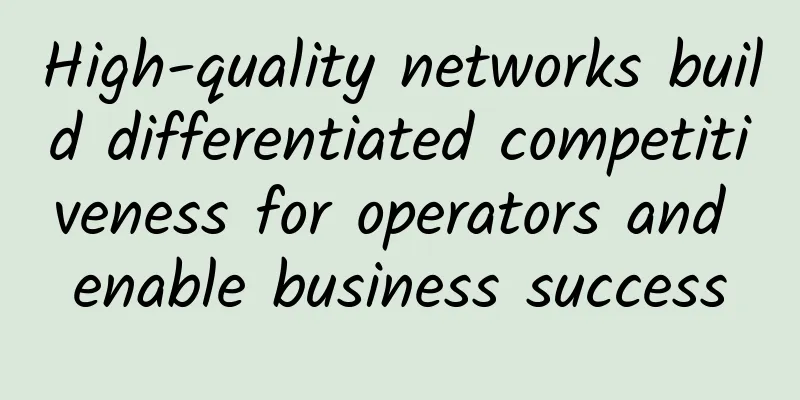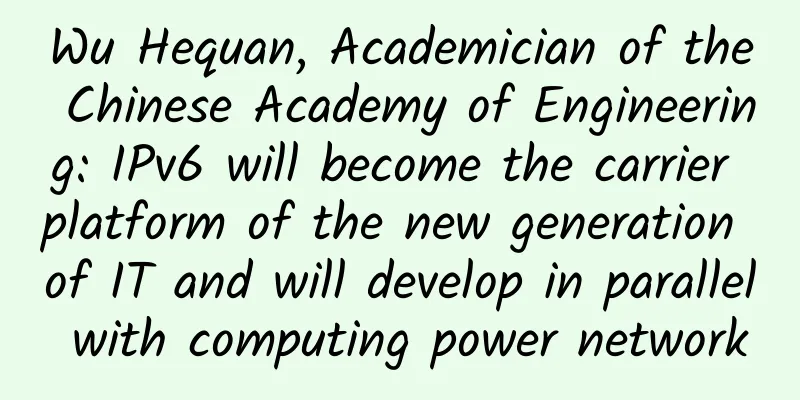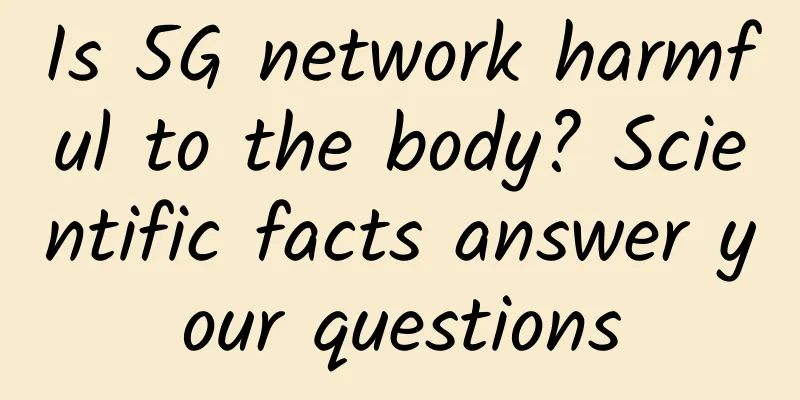What is Far-End Crosstalk and Near-End Crosstalk

|
If you are at all familiar with copper cable testing, you have likely heard of crosstalk – the phenomenon where a signal transmitted on one pair or channel has an undesirable effect on another pair or channel. Crosstalk can interfere with a specific pair of wires or the entire cable, causing bit errors or data failure. For example, have you ever heard someone else talking on the phone? This is caused by interference between adjacent phone lines. But do you understand the difference between the NEXT and FEXT parameters when testing balanced copper network cabling systems? We thought it would be worth taking a closer look.
Proximal Near-end crosstalk, abbreviated as NEXT, is a performance parameter for a single link/channel that measures the signal coupled from one pair of wires to another pair of wires. The pair causing interference is called the "disturbant pair", while the pair affected by the crosstalk is called the "disturbed pair". NEXT is expressed in decibels (dB) and varies with the transmission frequency, with higher frequencies producing more interference. The larger the dB value, the less crosstalk is experienced by the interfered link/channel. For example, a Category 5e cable that can transmit up to 100 MHz may have a NEXT value of 45.8 dB at 20 MHz and a NEXT value of 35.3 dB at 100 MHz, indicating better NEXT performance at lower frequencies. The measurement result is called "near-end" crosstalk because the crosstalk is measured at the source end of the link/channel. Twisted pairs help to cancel out NEXT—different twist ratios on each pair prevent pairs from picking up signals from adjacent pairs. So it’s important to keep the pairs twisted as close to the terminals as possible. The twist ratio for each category is also optimized for crosstalk performance and improved isolation. So for a Category 6 cable that supports 250 MHz, the NEXT value at 100 MHz is 44.3 dB, while Category 5e has a NEXT value of 35.3 dB at the same frequency. Power Sum Near-End Crosstalk, abbreviated as PSNEXT, is a simple sum of the NEXT measurements of all adjacent pairs. NEXT represents the crosstalk caused by three of the four pairs in the cable on the other pairs. PSNEXT is the sum of the crosstalk values of all three adjacent pairs, indicating how severe the impact is on one pair when all four pairs in the network are transmitting signals (such as 1000BASE-T). Last but not least, the NEXT test includes PSACRN – the Near-End Power and Attenuation Crosstalk Ratio (formerly PSACR, but renamed to distinguish it from PSACRF, described below). Calculated using PSNEXT and the insertion loss value (see the “Cable Testing 101 Q&A” series on insertion loss), it tells you the difference between the attenuation of each pair and the combined crosstalk received from the other three pairs. The goal is to ensure that the received signal is strong enough compared to the noise in the cable. The higher the PSACRN value, the better the performance. remote Far-end crosstalk, abbreviated as FEXT, is also measured within a channel. Far-end crosstalk has many similarities to NEXT, but is measured at the far end of the channel. However, FEXT alone does not account for the attenuation of the signal over a certain distance. To provide a more informative result, attenuation (insertion loss) is removed from the FEXT result and is called equivalent far-end crosstalk. In recent years, TIA renamed this parameter as far-end attenuation-to-crosstalk ratio, or ACRF for short. As with NEXT, the ACRF measurements for each of the three disturbing pairs are summed to produce the Power Sum ACRF (PSACRF). The PSACRF parameter used to be referred to as Power Sum ELFEXT (PSELFEXT) before TIA changed the parameter name. |
<<: Machine learning will be an indispensable future for the development of the Internet of Things
>>: Data Center Strategic Evolution
Recommend
The latest progress of LTE-5G deployment in Asia Pacific in July: 24 commercial 5G networks have been launched
Recently, GSA announced the latest progress of LT...
Eleven years of Tianyi Exhibition: How China Telecom plans for the future of 5G
In June this year, the Ministry of Industry and I...
Tech Neo October Issue: Concurrency Optimization
51CTO Network+ Platform launched the "TechNe...
The Importance of Ethernet Cabling for High-Speed Internet in Your Home
In today's digital age, having a reliable and...
Why are “low-altitude economy” and “synaesthesia” worth paying attention to?
At the beginning of the year, the central and loc...
What is fog computing and how does it relate to the Internet of Things?
Fog computing is a distributed collaborative arch...
HPE acquires Athonet to expand wireless connectivity leadership
HPE (NYSE: HPE) today announced the acquisition o...
[Black Friday] CloudCone flash sale is about to start, Los Angeles VPS annual payment starts from $7.99
CloudCone's Black Friday flash sale is about ...
Huawei's "Government Cloud China Tour" arrives in Shaanxi
In the near future, mankind will once again usher...
DediPath Spring Promotion: 35% off on all VPS, dedicated servers starting at $49/month, Los Angeles/Dallas/Seattle/New York data centers
DediPath has just launched a spring promotion, of...
The Internet of Things has profoundly changed the original models of many financial fields and brought new opportunities to the financial industry
[[178219]] With the widespread application of IoT...
Megalayer: Singapore native IP annual payment starts from 249 yuan, Singapore/Hong Kong/Philippines/US VPS annual payment starts from 199 yuan
Megalayer recently launched a VPS host in Singapo...
Huawei Cloud 828 Cloud Festival: Cloud Server Flash Sale Starting from 69 Yuan/Year
Huawei Cloud launched a new promotion at the begi...
Byte One: Is there any difference between HTTP long connection and TCP long connection?
Hello everyone, I am Xiaolin. A reader sent me a ...









